BORN TO REWILD
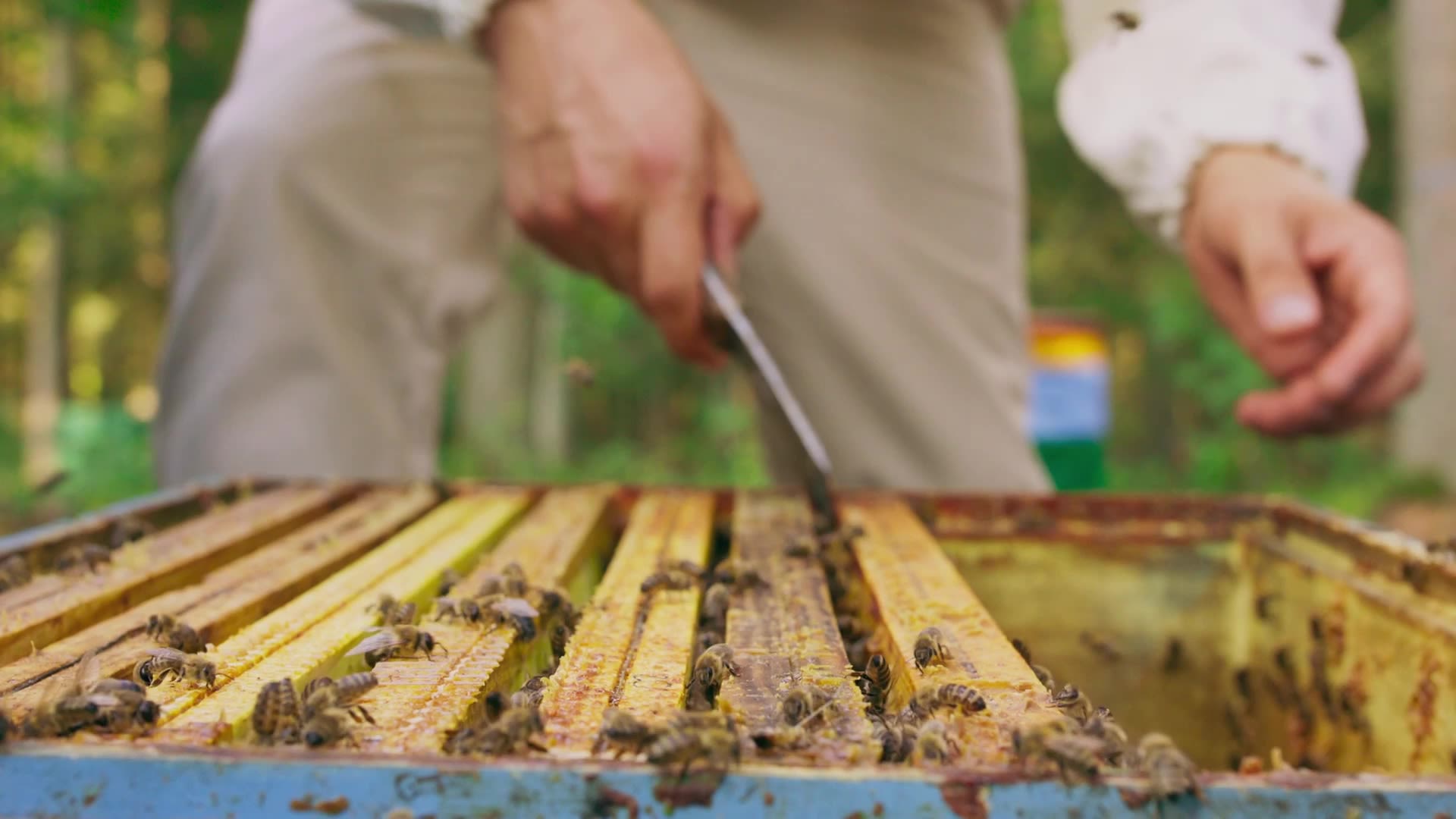
University researchers have transformed campus into a living lab for biodiversity, creating a model for urban landscapes worldwide.
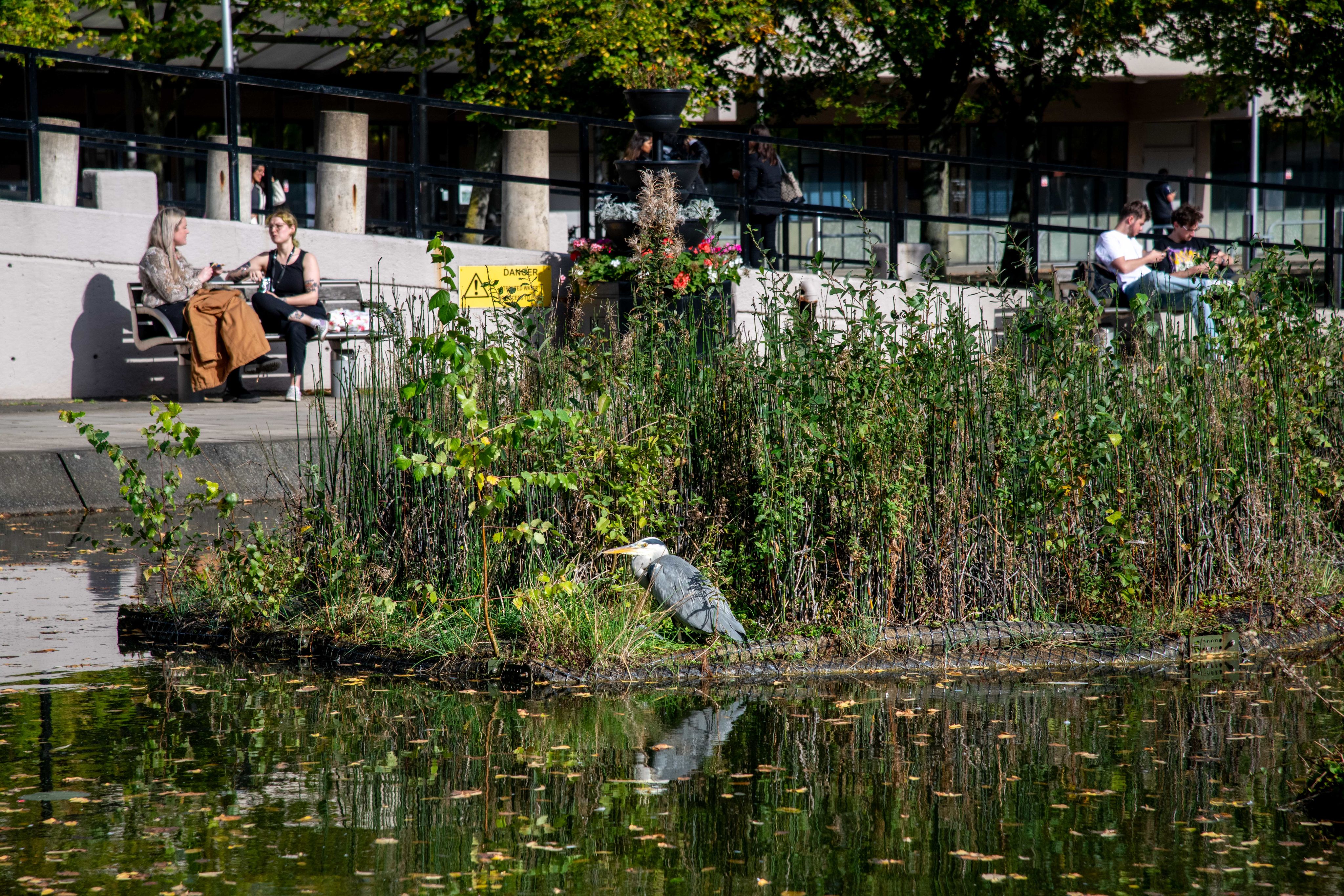
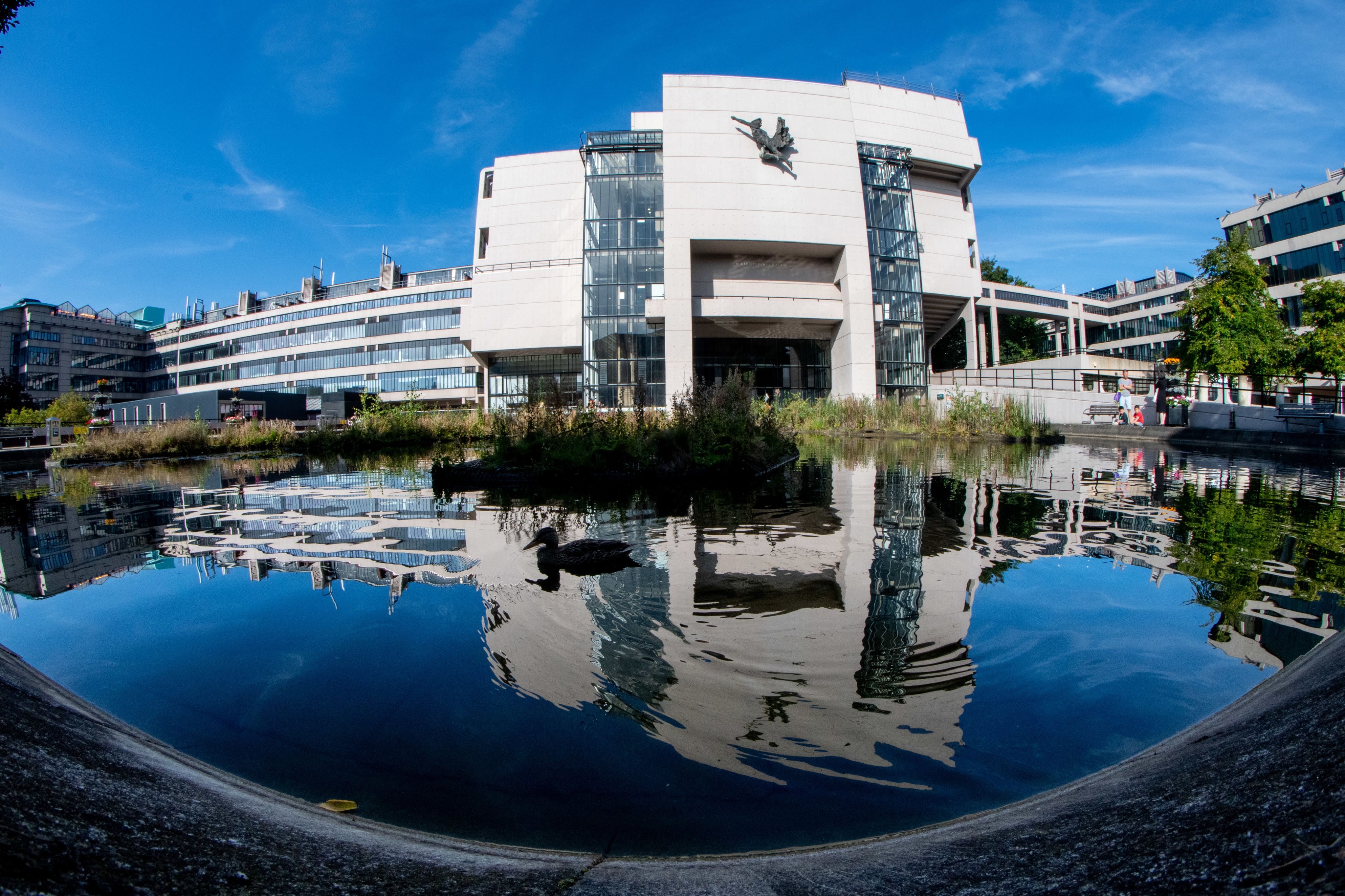
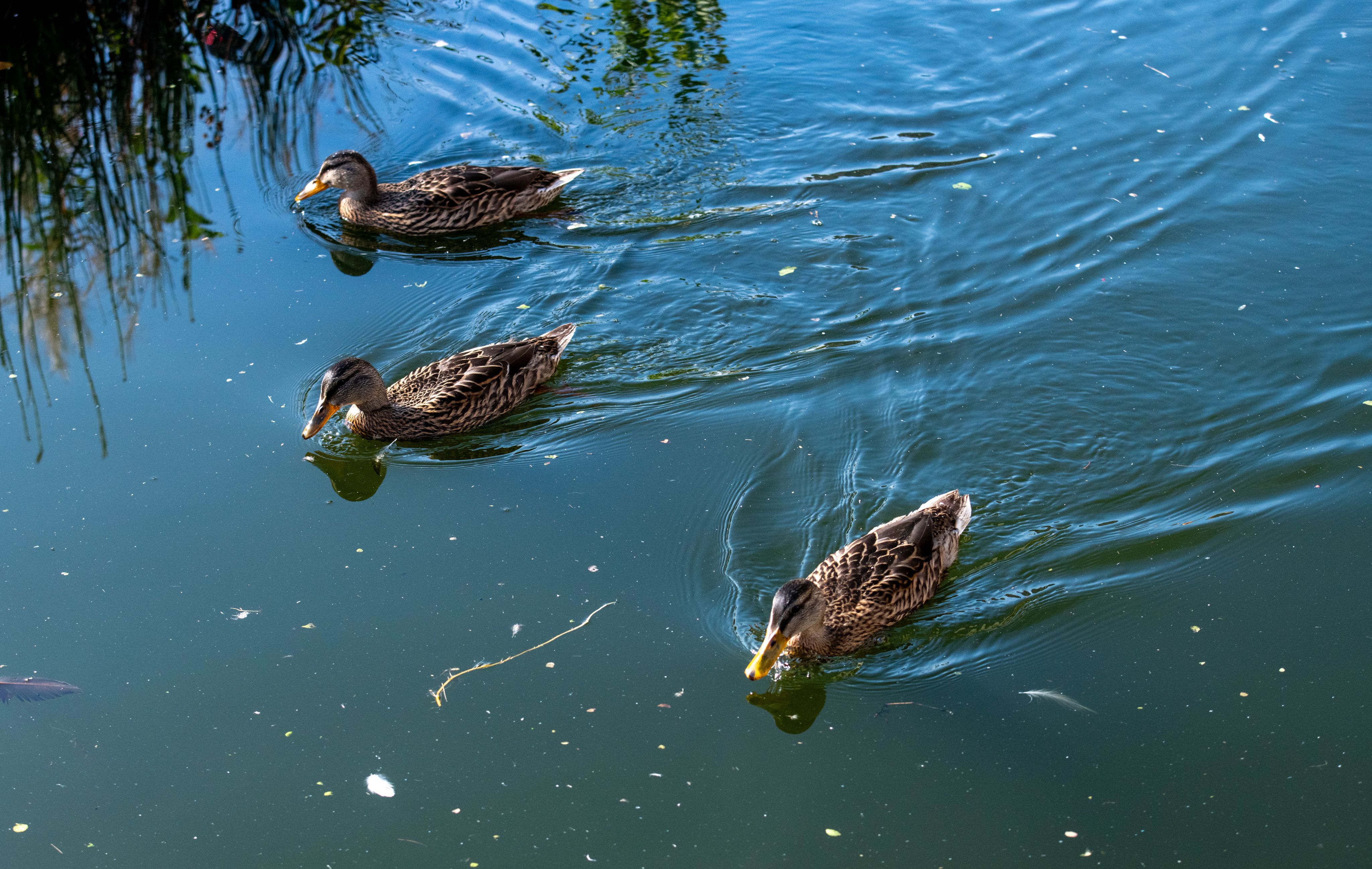
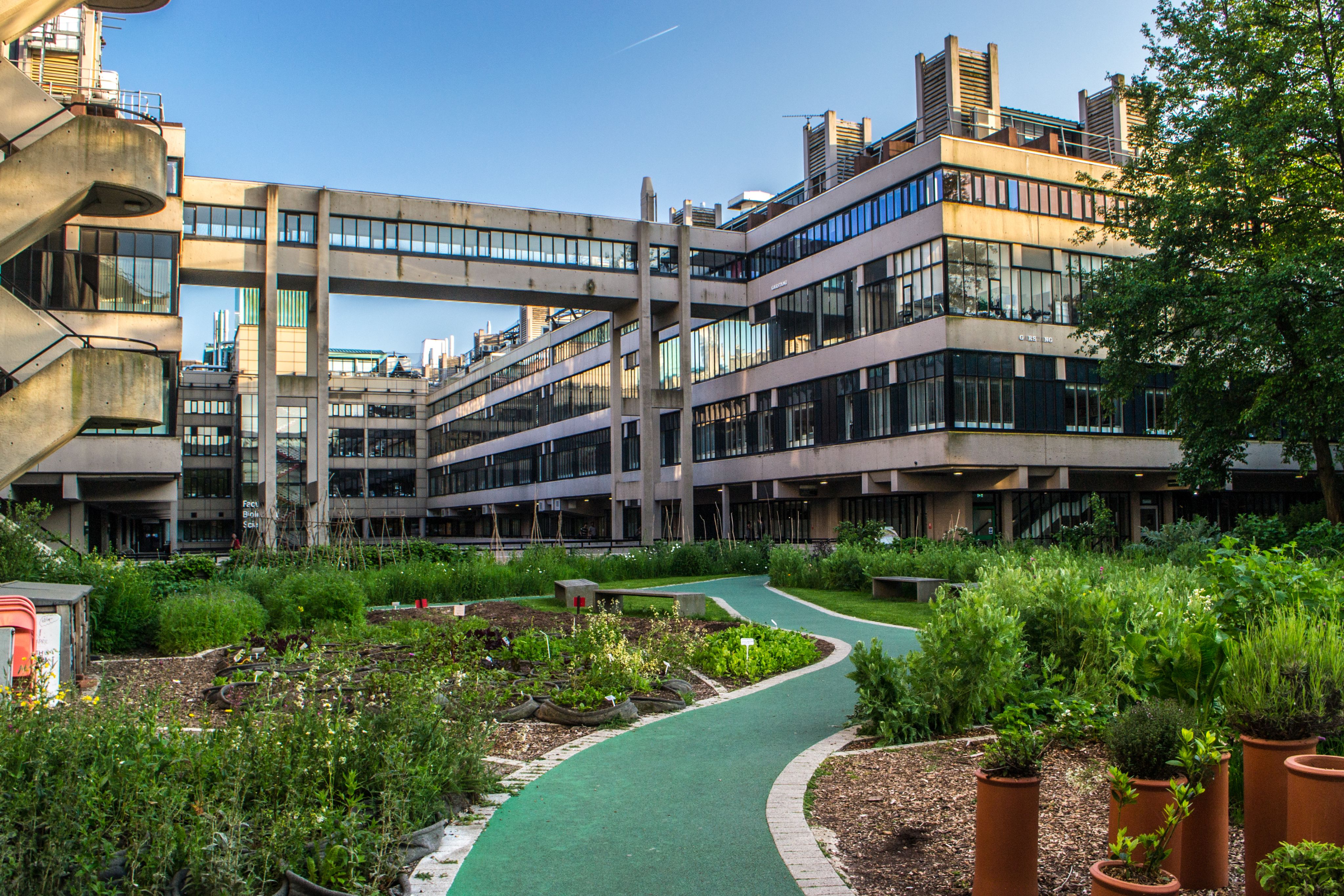
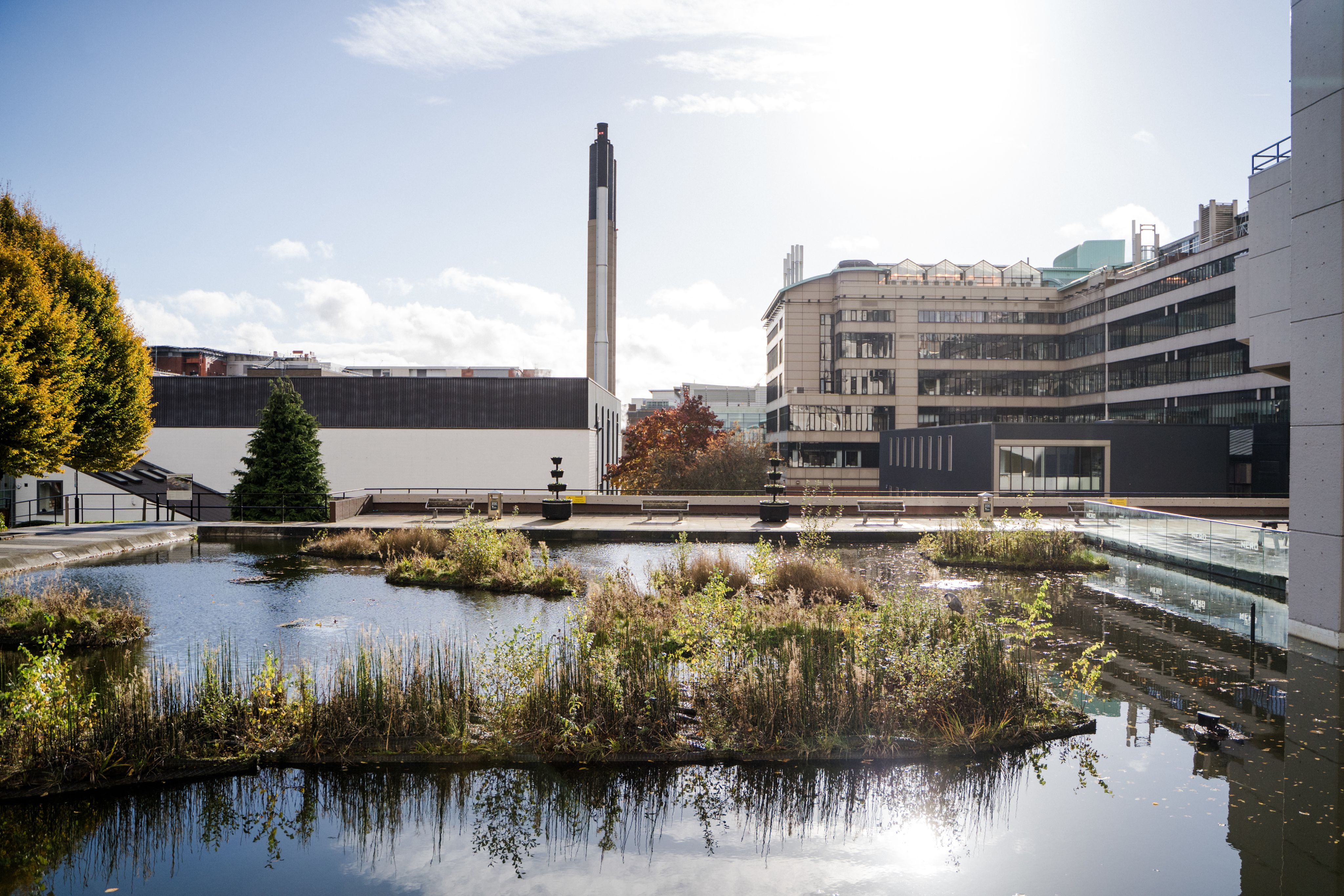

University researchers have transformed campus into a living lab for biodiversity, creating a model for urban landscapes worldwide.